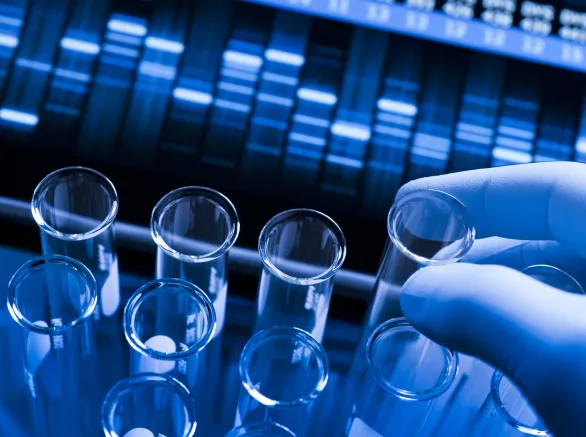October 9, 2020
Those working to establish back to school & back to work testing strategies should consider the quality of the information provided by the diagnostics they use
On September 16, 2020, the U.S. Food and Drug Administration (FDA) held its weekly town hall-style meeting where the in vitro diagnostics (IVD) community was invited to ask clarifying questions about the emergency use authorization (EUA) process for SARS-CoV-2 diagnostic tests.
The key takeaways are listed below:
- Developers following Pathway A can now choose whether or not they are added to the notification list. Pathway A is intended for laboratories CLIA certified as high complexity who seek to develop and perform diagnostic tests. After notifying FDA of intent to market, the laboratories following Pathway A will have 15 business days to submit their validation data to FDA and may remain on the market during that time.
- False positives have not received as much attention as false negatives when considering the potential errors of diagnostic tests, but the unintended consequences of false positives are important when considering scenarios such as screening. FDA presented the following hypothetical scenario to illustrate the point. If a test with 95% sensitivity and 99% specificity were used in a population with a 0.2% positive prevalence rate, the positive predictive value for that test is calculated to be 16%. That means roughly one in six positive test results are actually real and indicate infection with SARS-CoV-2. Consider if these results were used to decide which patients enter the COVID-19 ward of a hospital. Patients who were not ill could be sequestered unnecessarily and end up becoming infected. While screening tools are important and have their role, the best practice is to send samples from patients flagged as positive for confirmatory testing using high-sensitivity molecular assays.
- FDA has released the first SARS reference panel testing results. This resource details the limits of detection (LODs) for samples that use transport media, samples that use dry swabs, and saliva samples in three different tables. Comparisons between tests listed on the same table are possible, but comparisons between tests on different tables are discouraged due to the different methodologies used to determine the LOD levels reported in each table.
How Can Exponent Help
Exponent's multidisciplinary team of in vitro diagnostic, medical device, and pharmaceutical industry professionals develops safety information for products and processes that comply with pertinent standards, regulations, and best practices. With expertise in CLIA compliance, quality system establishment, and FDA assessments, Exponent can assist in reviewing submission packages, auditing labs, or performing due diligence and can assist with aspects of technical design, verification, and validation of the assay, instrument, or collection kit. Our offerings also include reviewing diagnostic data to assess the completeness of the package for submission according to any of the EUA pathways.
